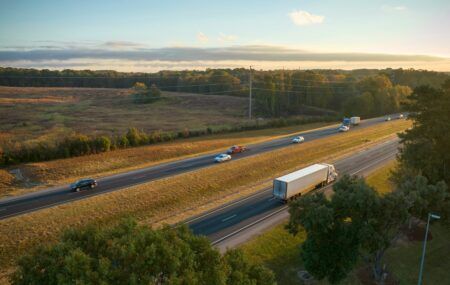A new report from UK transport policy and research organization the RAC Foundation reveals that up to 12 million driving license holders receive a penalty notice each year, with authorities issuing 33,000 penalty notices every day, the equivalent of one every 2.5 seconds.
The report, Automated Road Traffic Enforcement: Regulation, Governance and Use, was produced for the RAC Foundation by Dr Adam Snow, a lecturer in criminology at Liverpool Hope University. His study explains that penalty notices are usually one of two types:
Fixed Penalty Notice (FPN) – a criminal penalty issued for contravention of motoring law;
Penalty Charge Notice (PCN) – a civil penalty often issued by councils for contravention of things like parking regulations.
The 12 million total is broken down broadly as follows:
Eight million local authority parking penalties;
2.5 million local authority bus lane and box junction penalties;
500,000 late licensing and insurance penalties;
One million speeding and red-light penalties.
The total of 12 million does not include the annual figure of 1.2 million drivers now undertaking a speed awareness course instead of receiving a penalty and points on their license.
A further 200,000 drivers a year attend other types of courses having committed other types of offences. Nor do the figures include the five million parking penalties issued to drivers on private land each year. This equates to an overall total of 18.4 million motoring infringements by the UK’s 40 million drivers annually.
Cameras are routinely used not only to catch speeding motorists, but also those who enter bus lanes or make illegal turns at junctions. In 2015, 90% of all speeding offences were captured by camera. In the report, Snow suggests the main driver for the increased importance of automation may be real-terms reductions in police budgets.
Between 2010 and 2014 the number of dedicated police traffic officers fell by 24%. This reduction has coincided with a dramatic fall in the cost of automatic enforcement technology. In 2000, it cost £1.5m (US$1.9m) for a set of average speed cameras to cover a mile of road. Today it is around £100,000 (US$131,600) per mile.
“Automated enforcement promises much in terms of speed and cost efficiency for financially-squeezed police forces and councils. However, the driving public are entitled to ask for more weighty principles, such as fairness and justice, to be taken into consideration when confronted with potential wrongdoing,” noted Snow.
“I hope this report starts the debate about the acceptability and appropriate place for automation in road traffic enforcement.”




